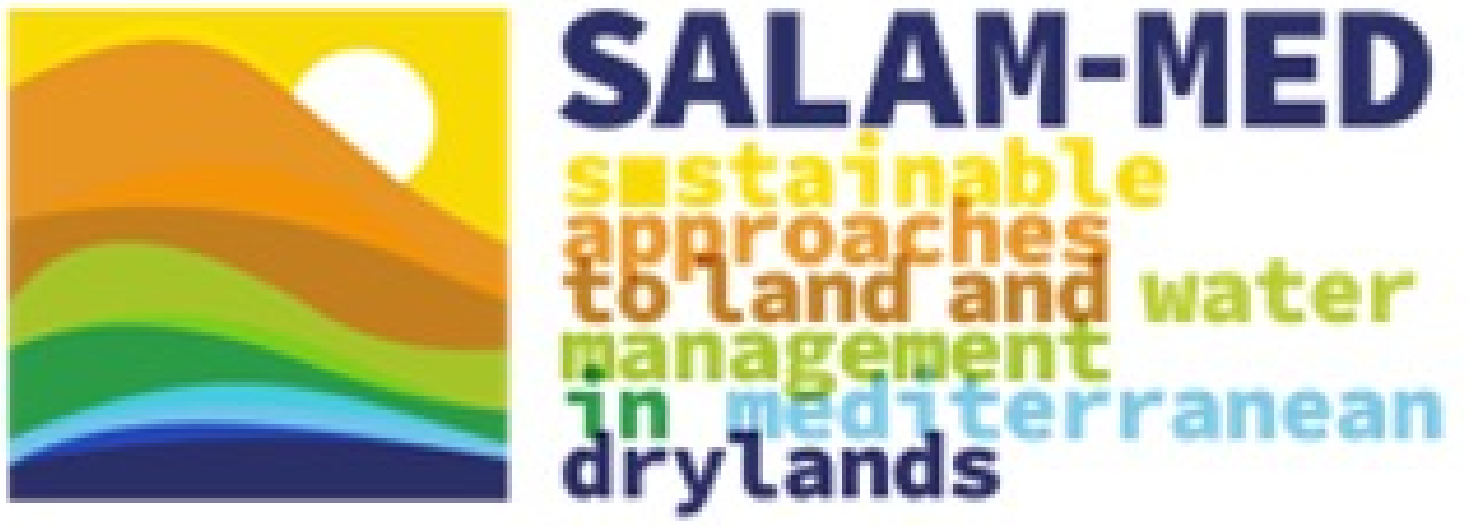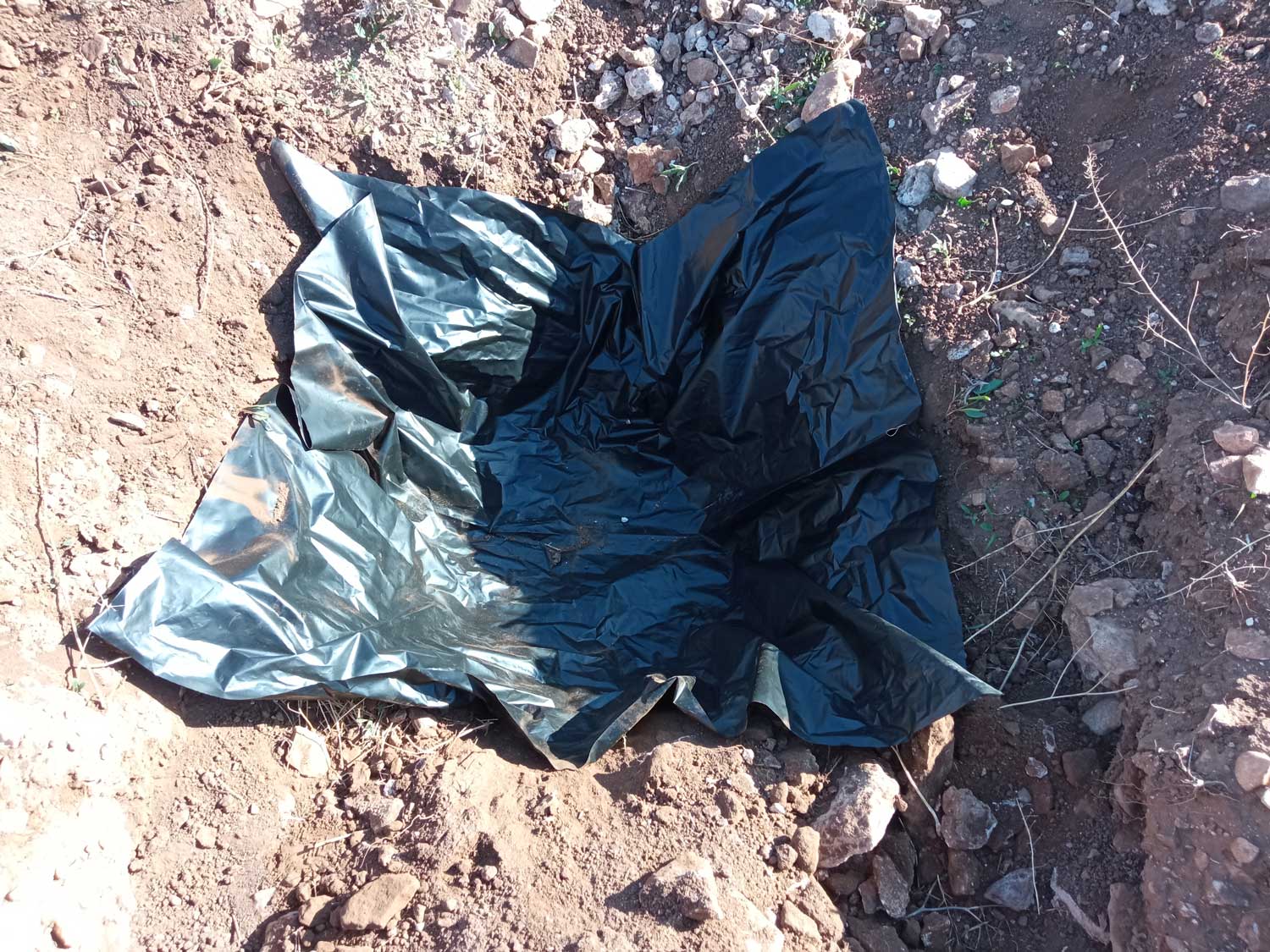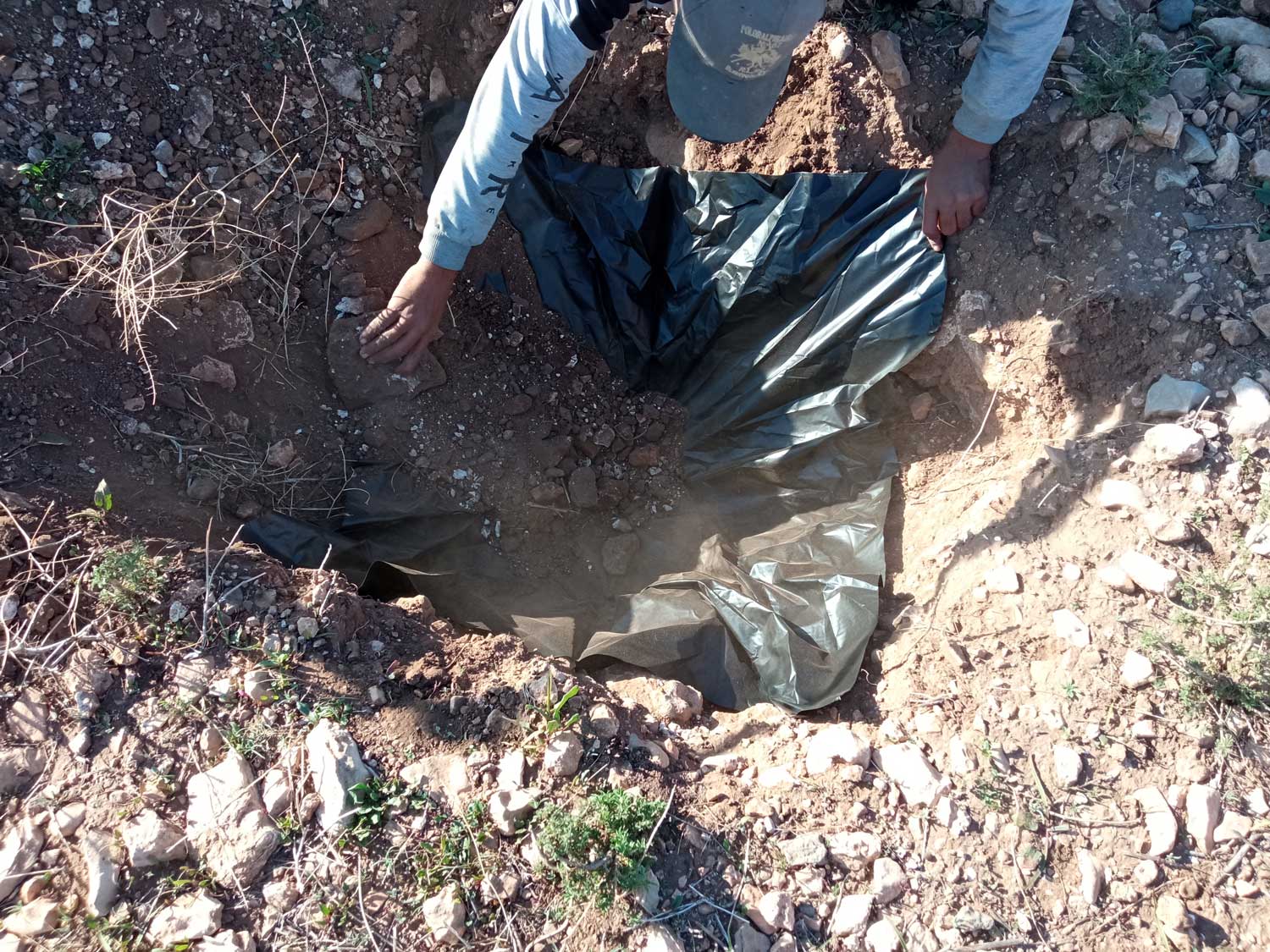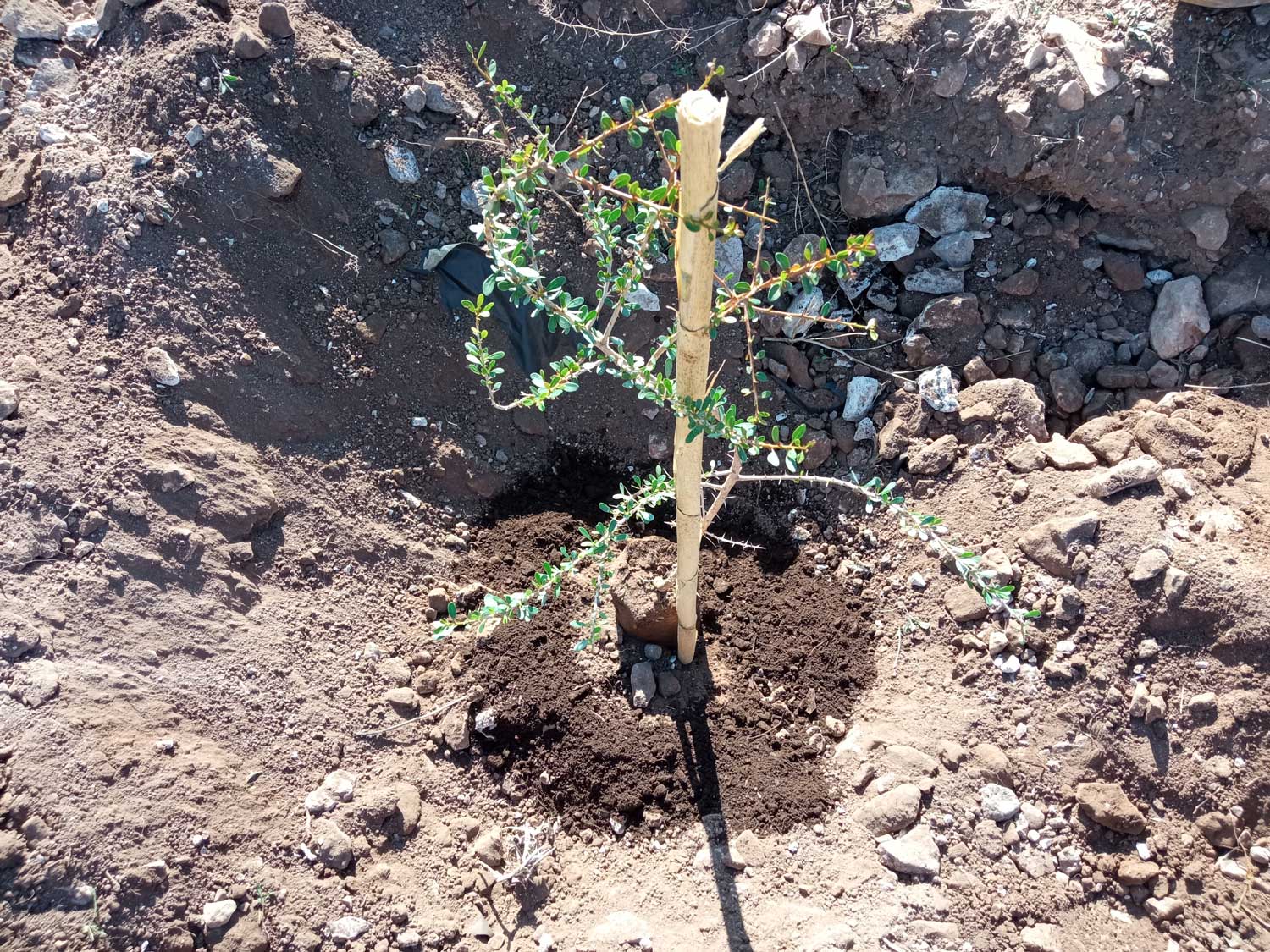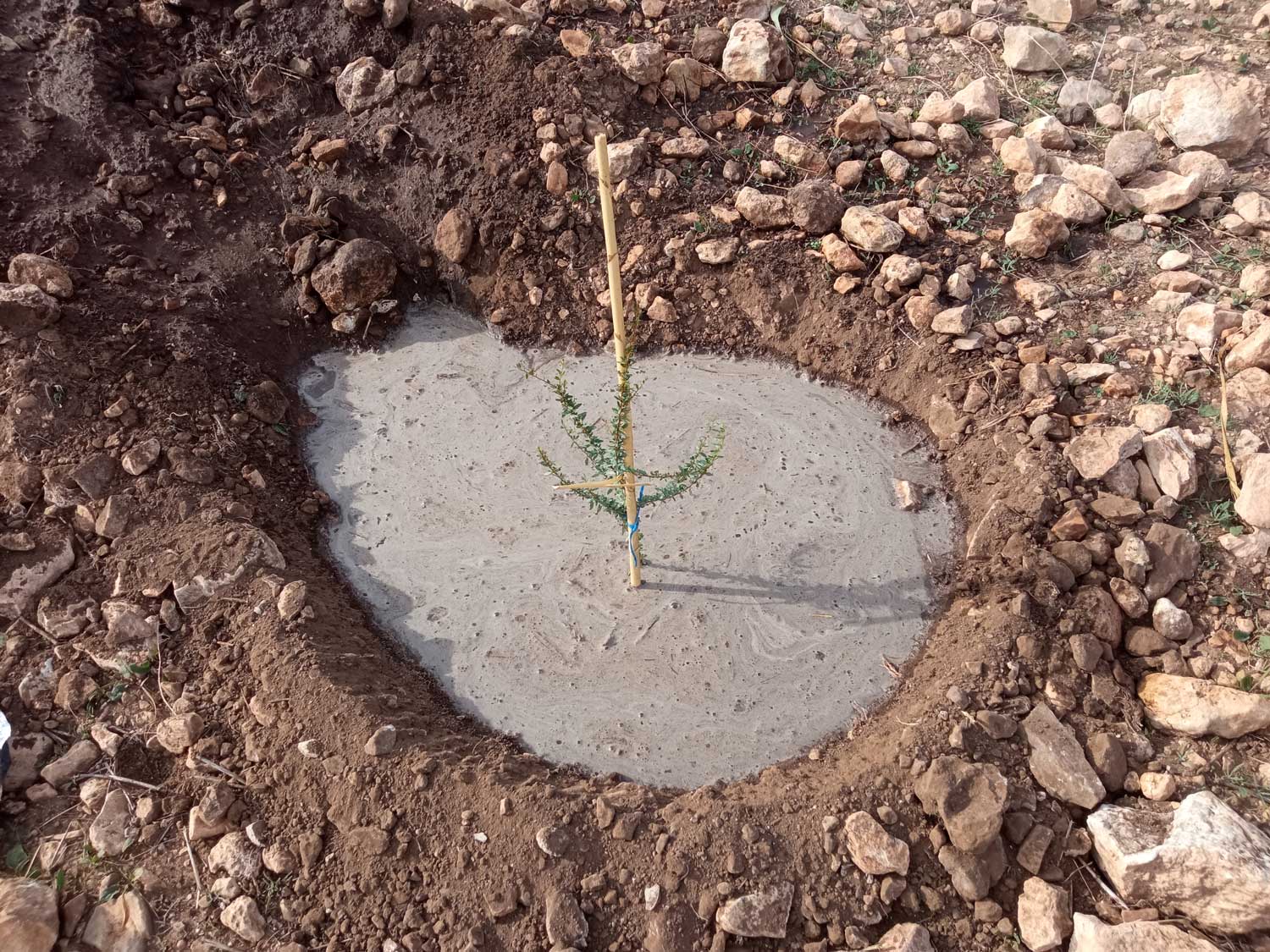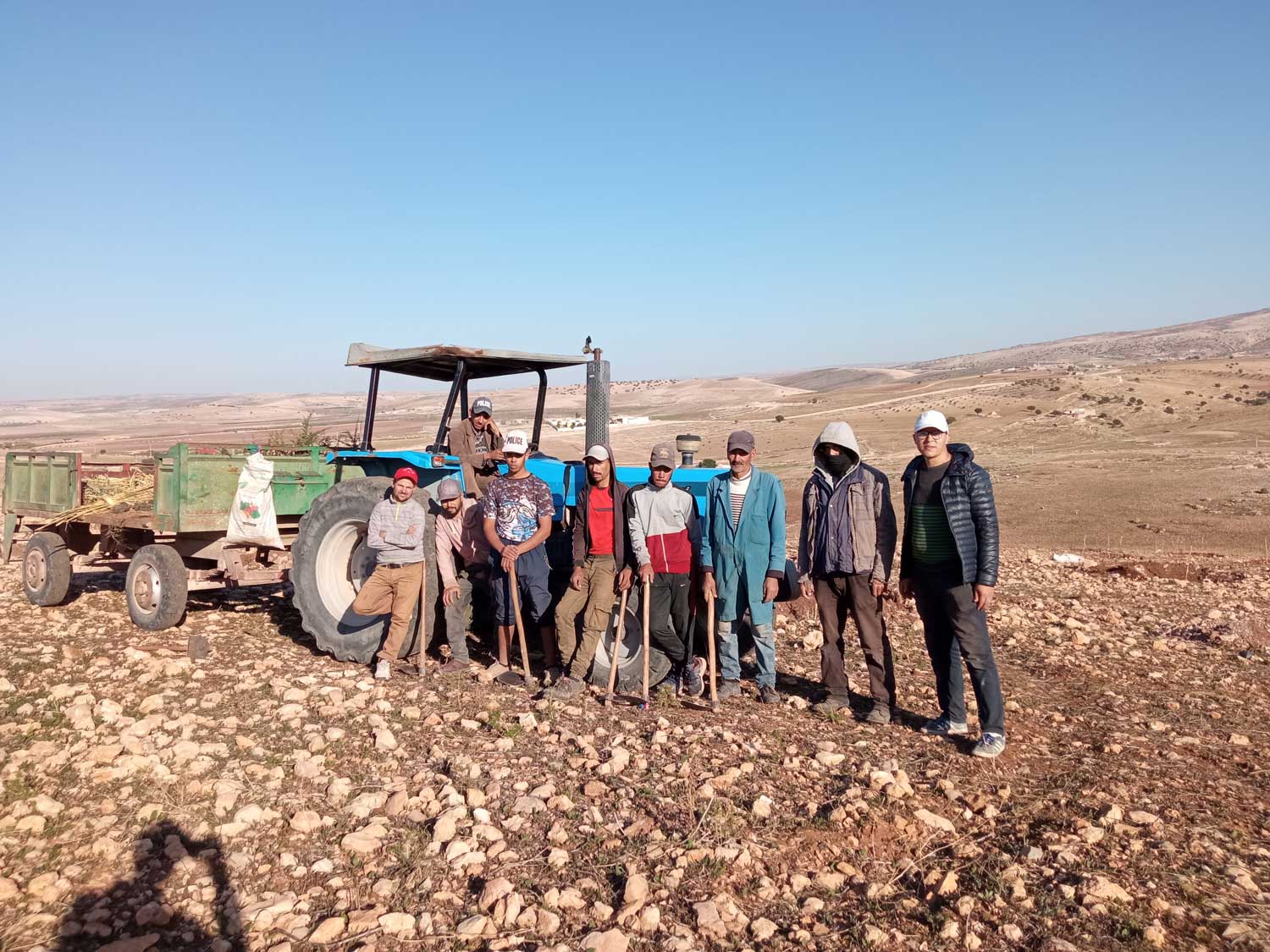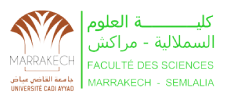Technology
Subsurface Water Retention Technology
About
The implementation of management practices in pastoralism is sometimes subject to unforeseen constraints by:
– Goats invasions in the preserved area;
– Very difficult to measure physiological parameters (small leaves) and impossible on dry season since leaves are lost;
– Contiuous conflict between argan owners and goats owners;
– Grazing systems represent a real economic activity for the local population, which does not help to preserve the forest in the long term.
The implementation of groundwater retention technology may require a slight high investment. This may represent a financial constraint for some communities or regions with limited resources.
Index
Workers needed: technical competencies needed, highly skilled workers are needed to make the technological solution work
Index 2
Ease of use: a long period of learning is required to use the technological solution
Index 3
Adaptability: it will not require too much time to be applied
Index 4
Effectiveness: The solution address the challenge / problem
Index 5
Reliability: The innovation is stable enough that no further changes need to be made in the future
Index 6
Cost: Perceived investment needed for the implementation of the innovation is high
Index 7
Greenhouse emissions: impact of technology on greenhouse emissions
Index 8
Water availability: the impact of technology on water availability
Index 9
– Maximizing agricultural production with a minimum of resources such as water and energy.
– Improving soil water retention capacity in the plant root zone.
maximizing the reduction of irrigation losses and increase water use efficiency.
– Improve water resource management and strengthen community resilience to climate change;
– Effective sensibilization of the local population to the extent of the adaption of suitable pastoralism management practices
– Reducing the intensity of conflicts between the argan tree owners and the goat owners
– Improving farmers’ motivation and skills
– More raising of local awareness of the importance of the argan tree
– Setting up structures dedicated to argan research and development
– Strengthen marketing networks and find potentially interested customers
– Availability of biodegradable plastic in the market
– Acceptable installation costs
– End-users must be trained in the basic principles of groundwater retention, installation methods and maintenance practices.
– Suitable for semi-arid and arid areas
– Stakeholders will be interested in groundwater retention technology if it is effective in addressing water access issues.
Indicators
Chart not available on mobile
Living Labs for testing and implementing this technology
Living Labs as a crossroads for the development of sustainable and resilient technologies for environmental, economic and social progress.
Morocco
Tech Responsible contacts
Mohamed Ait-El-Mokhtar mohamed.aitelmokhtar@gmail.com
Sain Wahbi
wahbi@ucam.ac.ma
References
Lorem ipsum dolor sit amet, consec tetur adipiscing elit, sed do eiusmod
Lorem ipsum dolor sit amet, consec tetur adipiscing elit, sed do eiusmod
Lorem ipsum dolor sit amet
Lorem ipsum dolor sit amet, consec tetur adipiscing elit, sed do eiusmod
